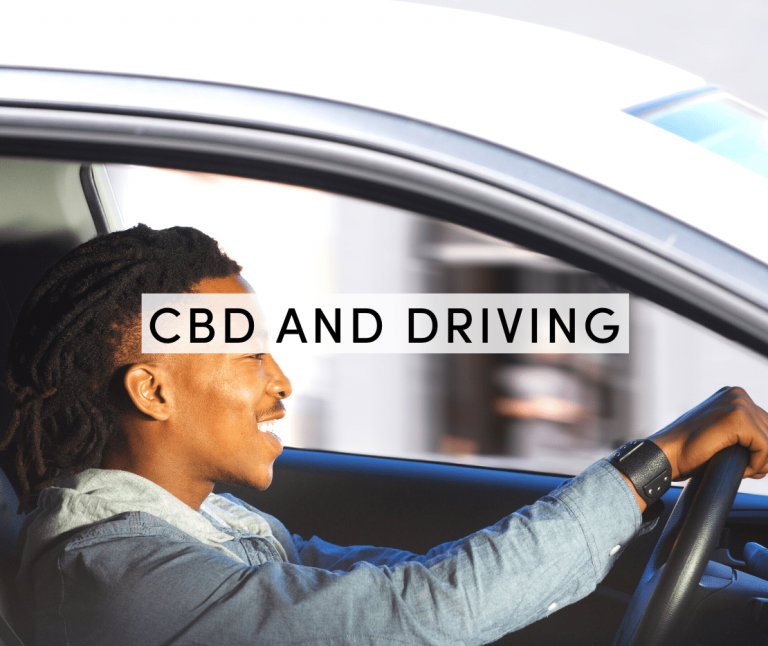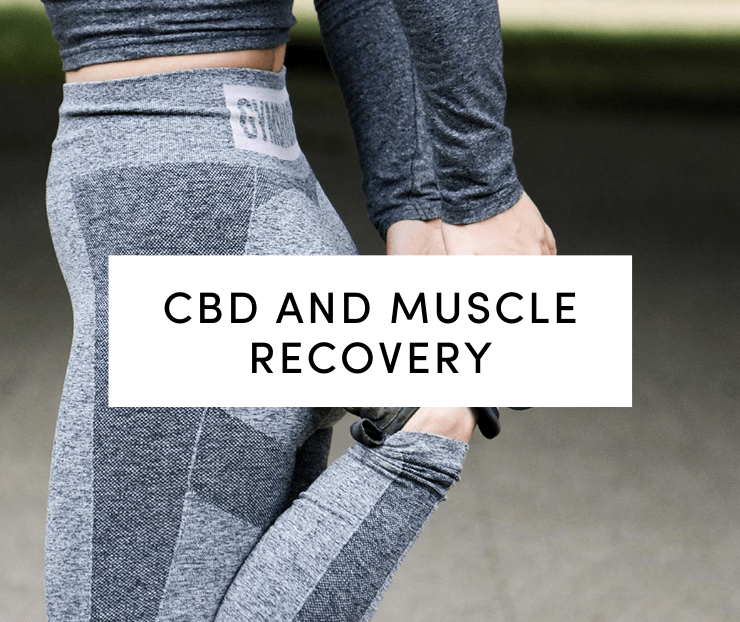CBD and Driving: Is it Wise to Combine These Two?

Posted on March 11th, 2021
CBD (cannabidiol) has gained a lot of notoriety over the years due to its many potential therapeutic benefits. CBD is one of the hundreds of organic chemical compounds found in the cannabis plant. THC (tetrahydrocannabinol) and CBD are the two most common and abundant cannabinoids. However, unlike THC, CBD is non-psychotropic which means that it doesn’t cause the ‘high’ that marijuana does. Many people seeking safe and natural health remedies are interested in CBD products as alternatives to pharmaceutical drugs. Since the 2018 Farm Bill made hemp and CBD legal, scientific research continues to unearth information about them. According to current findings, CBD is showing great potential as a health and wellness drug. However, there are still hundreds of questions that don’t get as much attention. Some consumers wonder about the relationship between CBD and driving.
While it is legal to drive while on CBD, it is important to look at any potential risks that can affect your driving. This article takes a look at what you need to know about CBD and driving.
Where Does CBD Come From?
Before delving further into CBD and driving, it is important to first learn more about the product. One of the main reasons CBD was illegal for so long is because of the confusion between hemp and marijuana. Many people still don’t understand the difference between Cannabis, Hemp, and Marijuana. Hemp and Marijuana are two varieties of the cannabis plant. Marijuana contains high levels of THC and low levels of CBD while Hemp contains high levels of CBD and less than 0.3% THC content.
CBD is primarily extracted from the flowers and leaves of the Cannabis Sativa L. plant. CBD oil from this plant contains little to no THC. Legally, less than 0.3% THC is acceptable since it is considered too little to cause any noticeable effect. This allows users to avoid the intoxicating effects of THC and keep out of legal troubles.
 How Does CBD Work?
How Does CBD Work?
CBD works in the body by interacting with a complex molecular signaling system— the Endocannabinoid System (ECS). The ECS was discovered in 1992. A wide variety of animals including mammals, fish, birds, amphibians, and even sea urchins have them.
It is present throughout the entire body, and it controls a wide range of biological and physiological processes including memory, appetite, pain and inflammation, stress, mood, and other bodily functions. It is responsible for maintaining an internal state of balance within the body or homeostasis. This state of balance is crucial for our wellbeing and survival. Any imbalance can lead to a variety of health problems. It is this relationship between cannabinoids and the ECS that makes some wonder if CBD and driving is a good combo.
The ECS consists of three main components; endocannabinoids, cannabinoid receptors, and enzymes.
Endocannabinoids
Short for “endogenous cannabinoids,” endocannabinoids are cannabinoids that the body naturally produces. Currently, scientists have discovered two major types of endocannabinoids:
– Arachidonoylglycerol (2-AG): This endocannabinoid is concentrated in the central nervous system and is associated with emotions, promoting cardiovascular health, and controlling seizures.
– Anandamide: It is also known as the ‘bliss’ molecule. It binds with both CB1 and CB2 receptors heavily influencing a wide range of physiological processes such as pain, mood, pregnancy, fertility, etc.
Cannabinoid Receptors
Cannabinoid receptors are found on the surface of the cells and they are responsible for signaling the ECS to take particular corrective actions. There are two main types of cannabinoid receptors:
– CB1 Receptors: These are primarily found in the brain, nervous system, and surrounding tissues and organs. These receptors are associated with emotional reactions, decision-making, memory, learning, and motor and sensory response.
– CB2 Receptors: These receptors are primarily found in the immune cells, spleen, and tonsils. They are mainly associated with inflammation.
Enzymes
Lastly, there are the metabolic enzymes. These are responsible for quickly breaking down endocannabinoids after being processed by the ECS. There are two main types of enzymes present in the ECS:
– FAAH: This enzyme is responsible for breaking down anandamide
– MAGL: This enzyme is responsible for breaking down 2-AG
How CBD interacts with the ECS
If combining CBD and driving produces any effect at all, it is due to CBD’s interaction with the ECS. Most cannabinoids, including THC, as well as endocannabinoids work by binding to the CB receptors. However, CBD doesn’t bind directly to these receptors, instead, it influences the ability of these receptors to bind to other receptors, thus changing certain effects. CBD can also promote the levels of endocannabinoids in the body by limiting the functions of certain enzymes. Additionally, it influences the ECS by affecting other receptors such as the serotonin receptors. These affect processes such as mood, sleep, appetite, and pain perception.
CBD Effects
CBD’s array of potentially therapeutic benefits has prompted further scientific research into CBD products. Most notably, it may offer calming effects which can help minimize symptoms of stress and anxiety and also induce sleep among people with insomnia. Here are some of the known great benefits of CBD.
– Calming nerves and anxiety
With the many day-to-day struggles, life can become quite stressful and it is common to suffer from anxiety and mood problems. Many people use CBD to ease symptoms of their anxiety and depression. According to research, CBD can help manage both the physical and mental symptoms of anxiety, partly due to its interaction with serotonin receptors in the brain. CBD can help you to calm down and relax. This, and these other following reasons, are why CBD and driving could be a good pairing for some people.
– Managing pain
Through its effect on receptors in the brain, CBD may help to provide pain relief, especially for those with chronic pain. Is your back pain keeping you from taking that long road trip? A small dose of CBD may be able to help.
– Epilepsy
CBD has been found to have strong anti-seizure capabilities, which help to reduce episodes of seizures among people with epilepsy.
 Cons of CBD and Driving
Cons of CBD and Driving
One of the most common side effects of CBD is drowsiness and fatigue. With this in mind, it is common to take CBD before going to bed or when you are just relaxing. CBD affects everyone differently, so it is important to first understand the effect it has on your body before deciding on the time and amount of CBD to take. But it is always wise to start out small and increase gradually. Taking CBD in excessive amounts can lead to mild side effects that can impair your quality of driving.
You should also not take CBD if you are taking certain medications as CBD tends to inhibit the function of some liver enzymes that are responsible for breaking down certain medications. When these medications break down too slowly, you will have more drug content in your system than normal which can lead to serious side effects.
Drowsiness
When driving, you want to ensure that you are fully alert and focused on the task. Small amounts of CBD can help to give users energy and increase your concentration. However, when you take higher amounts, it can lead to some drowsiness, fatigue, nausea, and dizziness. Some studies have found that taking CBD reduces the levels of cortisol in the body, making CBD a potential sedative. It is generally unsafe to get behind the while on sedatives.
While CBD is a very mild sedative, experts say that even a slight connection between CBD and drowsy driving is enough to raise a concern. You shouldn’t take anything that reduces your alertness on the road. So, to be on the safe side, you should avoid taking CBD if you are driving any significant distance.
Is CBD and Driving Dangerous?
As mentioned earlier, one of the most common side effects of CBD is drowsiness. Depending on the dose and driver, falling asleep at the wheel could potentially happen. CBD affects people differently and while a certain dosage causes no side effects in one person, it may affect you differently. This is why it is always important to try out CBD products in a controlled setting to find out how it affects your body and determine the perfect dosage. Remember, while using CBD and driving is not illegal, negligent driving could cause an accident. If CBD tends to make you drowsy, don’t drive!
Hopefully, this article has helped shed light on the topic of CBD and driving. Besides the rare mild side effects, taking CBD responsibly is completely safe. There is a lot to gain from this wonderful product, and all you need is to understand your limits.






